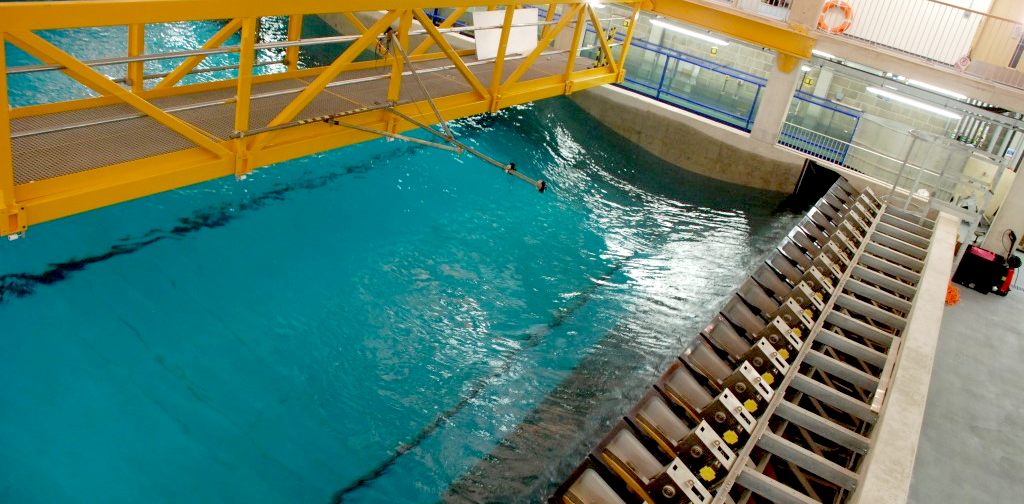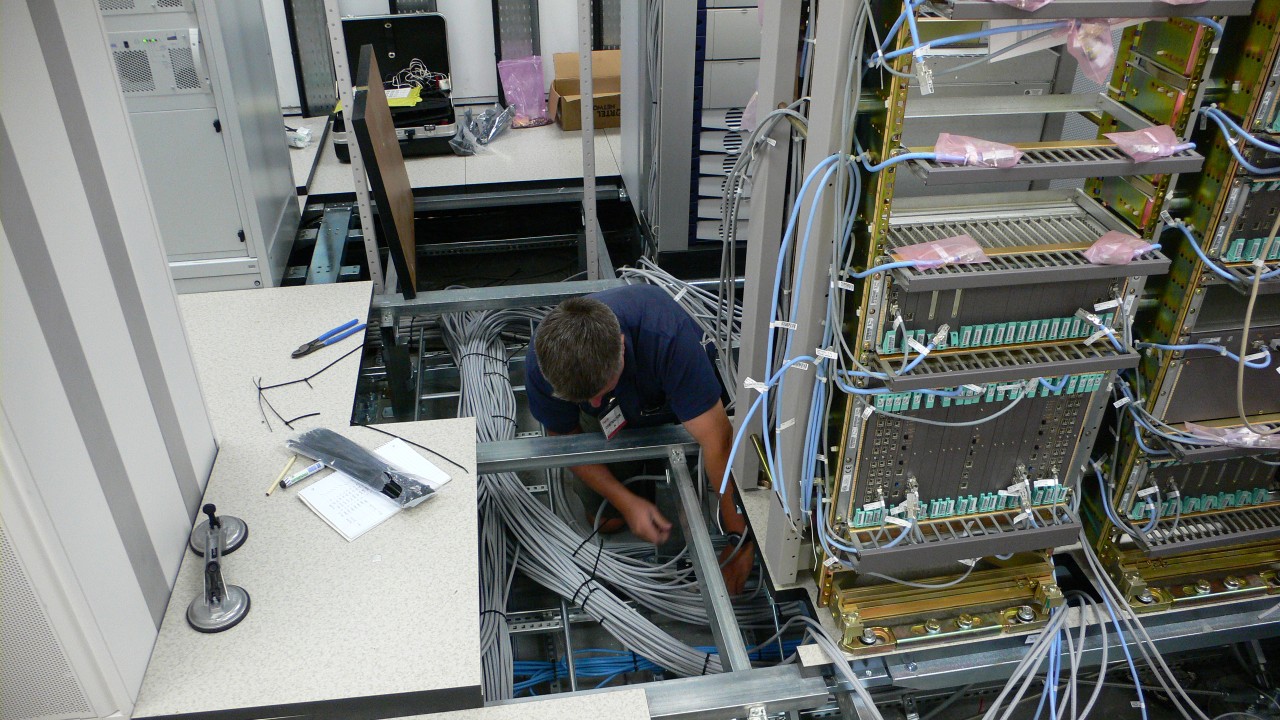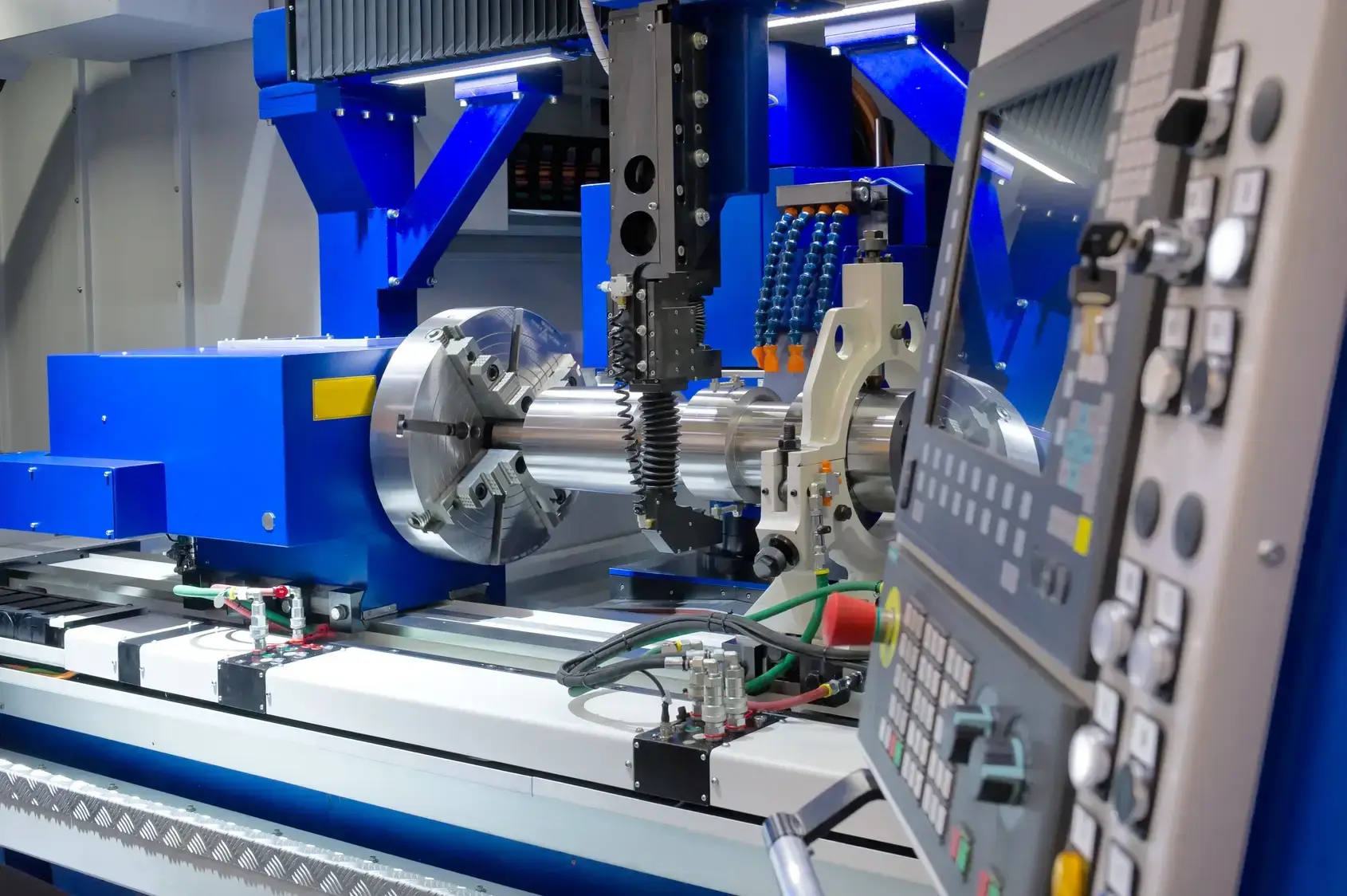Simulated Underwater Conditions Testing for Marine Structures
The Future of Marine Structure Testing Simulated Underwater Conditions with Eurolab
In the world of marine engineering and construction, ensuring the durability and safety of underwater structures is paramount. Whether its a bridge, a pipeline, or an offshore platform, these structures are exposed to harsh environments that can cause damage and compromise their integrity over time.
Traditional testing methods often rely on physical exposure to actual underwater conditions, which can be costly, impractical, and sometimes even hazardous. This is where Simulated Underwater Conditions Testing for Marine Structures comes into play a cutting-edge laboratory service provided by Eurolab that revolutionizes the way marine structures are tested.
In this article, well delve into the world of simulated testing and explore why its an essential tool for businesses operating in the marine industry. From its numerous advantages to its key benefits and frequently asked questions, youll learn everything you need to know about Simulated Underwater Conditions Testing with Eurolab.
What is Simulated Underwater Conditions Testing for Marine Structures?
Simulated Underwater Conditions Testing involves subjecting a sample or structure to artificially recreated underwater conditions in a laboratory setting. This approach allows engineers and researchers to accurately assess the performance of marine structures under various environmental scenarios without the need for physical exposure to water.
Using advanced technology, Eurolabs state-of-the-art facilities can simulate a range of factors that affect underwater structures, including
Water pressure
Temperature fluctuations
Corrosion and erosion
Hydrodynamic forces
Advantages of Simulated Underwater Conditions Testing with Eurolab
So why choose Simulated Underwater Conditions Testing for Marine Structures? Here are just some of the advantages
Cost-Effective and Efficient
Traditional testing methods often require physical exposure to actual underwater conditions, which can be expensive and time-consuming. With simulated testing, you can save resources by minimizing the need for large-scale infrastructure and reducing the risk of equipment damage.
Controlled Environment
A laboratory setting provides a controlled environment that allows for precise manipulation of variables. This ensures accurate results without the confounding effects of external factors, enabling informed decision-making and reduced uncertainty.
Scalability and Flexibility
Simulated testing can be applied to various scale models or actual structures, making it an ideal solution for projects requiring different levels of complexity and precision. Additionally, our facilities are designed to accommodate a wide range of structure types, from small components to full-scale platforms.
Reduced Environmental Impact
No physical exposure to water means minimal environmental impact, eliminating the risks associated with underwater testing, such as equipment loss or damage to the surrounding ecosystem.
Compliance and Certification
Simulated Underwater Conditions Testing can help you meet regulatory requirements and obtain necessary certifications. By demonstrating compliance through laboratory testing, you can avoid costly rework and ensure your projects meet industry standards.
Accelerated Design and Development
With simulated testing, engineers can rapidly assess the performance of structures under various conditions, accelerating the design and development process. This allows for quicker deployment of new technologies and more efficient project execution.
Key Benefits of Simulated Underwater Conditions Testing with Eurolab
Here are just some of the key benefits you can expect from working with Eurolab
Improved accuracy Our simulated testing ensures precise results, free from external interference.
Increased efficiency Reduce costs and timelines by leveraging our state-of-the-art facilities.
Enhanced compliance Meet regulatory requirements through laboratory-based testing and certification.
Accelerated innovation Get your projects to market faster with rapid design and development support.
QA Frequently Asked Questions about Simulated Underwater Conditions Testing
Q What types of structures can be tested using simulated underwater conditions?
A Our facilities are designed to accommodate a wide range of structure types, including bridges, pipelines, offshore platforms, and more. Whether youre testing small components or full-scale structures, we have the expertise and equipment to handle your project.
Q How do I know if simulated testing is right for my project?
A Our team is happy to discuss your specific needs and determine whether Simulated Underwater Conditions Testing is suitable for your project. Well work with you to identify the most effective approach, ensuring accurate results that meet your goals.
Q What are the costs associated with simulated underwater conditions testing?
A The cost of Simulated Underwater Conditions Testing varies depending on factors such as structure size, complexity, and testing requirements. We offer flexible pricing packages tailored to individual projects, ensuring you get the best value for your investment.
Conclusion
Simulated Underwater Conditions Testing is an innovative solution thats revolutionizing the marine industry. By choosing Eurolabs laboratory service, businesses can benefit from cost-effective, efficient, and accurate results that accelerate design and development, improve compliance, and reduce environmental impact. With our state-of-the-art facilities and expert team, you can trust us to help you overcome the challenges of underwater testing and bring your projects to life with confidence.
Whether youre an engineer, architect, or project manager working on a marine-related project, we invite you to explore the possibilities of Simulated Underwater Conditions Testing with Eurolab.




